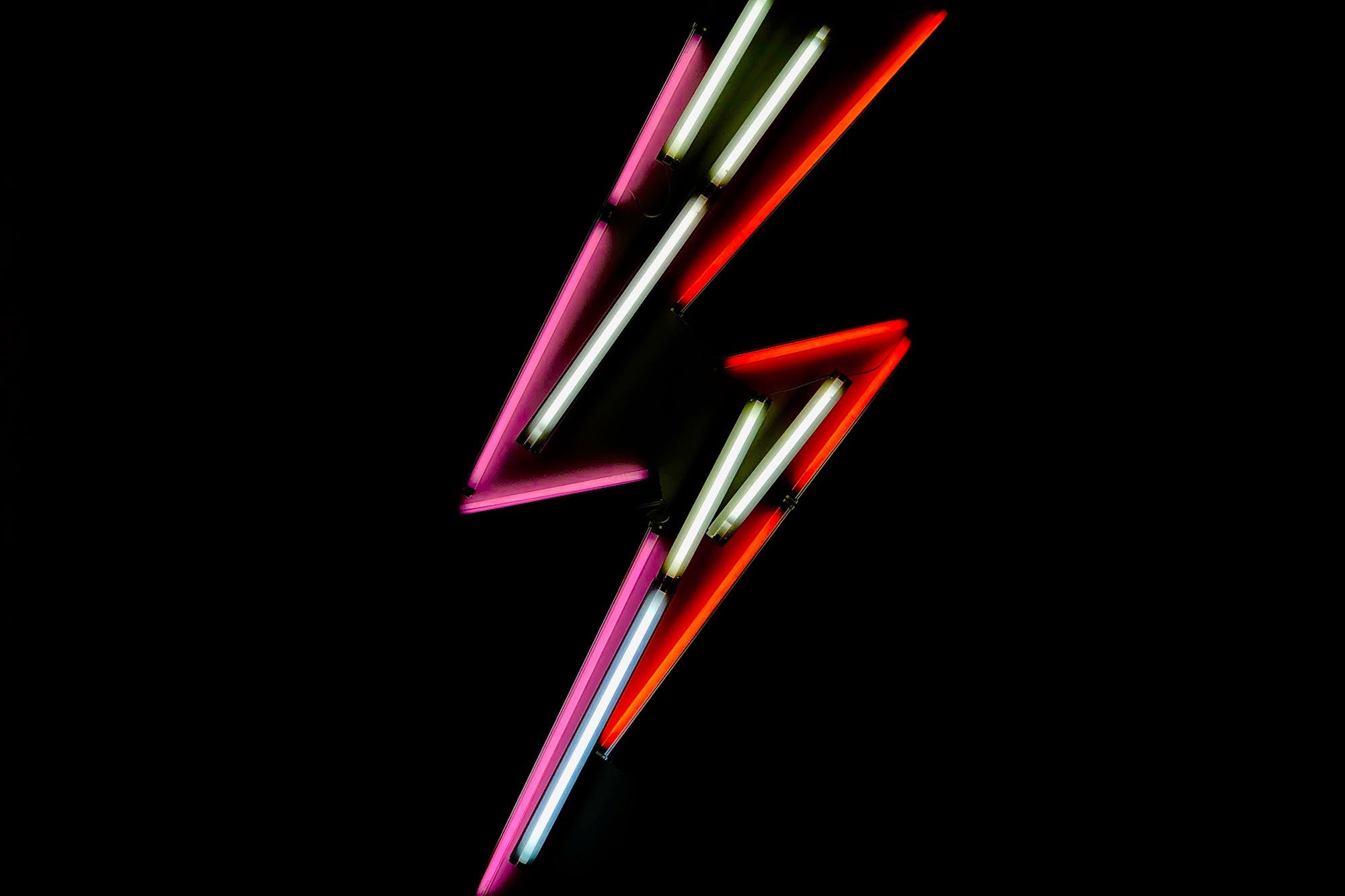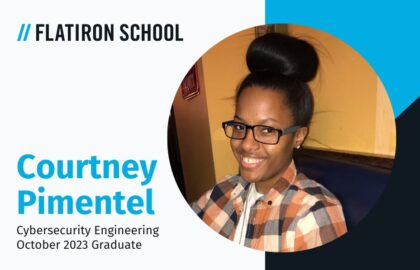From Copywriter to Design Researcher at Walgreens — How One Alum Used Design to Connect to People

She was a life sciences copywriter for two years and growing unsatisfied in her role.
At Flatiron School, our success is our students’ success — when students get jobs, we achieve our mission of enabling the pursuit of a better life through education. But, students’ stories don’t end after they graduate. In this series, we chat with Flatiron School’s and Designation’s alumni community about their journey into code and design, and how that journey transformed their life.

There are times throughout one’s career where they feel disconnected to their work. Sometimes it’s due to disagreement about a decision or concerns about long-term stability. Other times, it’s because you don’t feel valued. All your effort and passion are met with… silence. That’s exhausting and, over time, it can (should?) lead to switching jobs or pursuing a different career.
Cindy W. was definitely feeling this way. She was a life sciences copywriter for two years and growing unsatisfied in her role. She wanted to find a connection between her work and the people her work impacted. Cindy decided she needed a career change, and soon discovered user experience (UX) design would help her find the meaning she sought.
After some searching, she enrolled in Designation to begin her design journey. Over 24 weeks, Cindy learned UX design fundamentals and worked with live clients.
Now she’s a Design Researcher for Walgreens.
In the interview below, Cindy discusses how she went from being a copywriter to finding a new career she loves as a design researcher. More importantly, she discusses how her new career lets her work directly with people to create something meaningful.
Seeking a connection

Cindy was working as a life sciences copywriter at an agency, but something was missing from her career. “I felt like a lot of what I was doing was creating things and sending them into a black hole with no feedback on whether this was affecting people the way it should,” Cindy said. “I wanted to find something where I could speak to the people that I was making things for.”
Searching for a change, Cindy landed on UX design. Cindy defines UX design as “making things with the end user in mind.” She can work with people who would actually use the final product and establish that connection between her work and people that was missing as a copywriter.
Cindy’s next step was finding a school or bootcamp that fit her needs. She chose Designation after reading positive reviews about Designation and its curriculum.
Key takeaway → Your career, and all the work you’re doing on a daily basis, should be meaningful to you. If you don’t feel connected to your work, you’re going to be unsatisfied. You’ll likely feel burned out and have a serious case of the Sunday Scaries. If you’re finding yourself weary of your job, it may be time for a change.
The Designation experience
Cindy had a great first impression of Designation and could tell the team was passionate about the course, design, and Designation’s mission.
The first six weeks at Designation cover design fundamentals. “You get your feet wet in both UX and UI design and for you to see if this is what you’d want to do,” she said. Cindy also participated in mock projects to better understand the entire design process. She conducted user research and designed initial concepts before turning that into a prototype.
She spent six more weeks developing her UX skills. “You do another mock project, but this time you delve more heavily into the principles of UX and the foundation of that process,” Cindy said. After 12 weeks immersing herself in digital design in a virtual setting, Cindy was ready for Designation’s 12 week in-person phase.
Key takeaway → It’s important to learn the fundamentals of a new field. Even if you’re sure of the reasons why you’re learning something new, it’s good to learn how all the pieces fit together. In this case, you may want to learn UX design, but learning UI basics will help you down the line.
Working with real clients

Cindy spent the next 12 weeks honing her UX design skills. That meant using real design tools and another mock project to solidify her UX skills. She was now ready to put everything she learned at Designation into action. As part of the Designation curriculum, all design students work with an actual client on a project. These are real organizations with problems they hope to solve through design.
She worked with two clients. “The first one was Tiltas, which focuses on helping supporting citizens make that transition into society after they’re released from prison,” Cindy said. She went through the UX process, conducted research, and developed wireframes that would be used by a UI designer.
Her next client was 4Degrees, a relationships intelligence platform. They already had an existing platform, but were working on ways to improve their product and launch a new platform.
“Designation does a great job of teaching you a foundation and then when you work with the client that’s when you realize what tools are actually applicable in particular situations,” Cindy said.
Perhaps the most important thing Cindy learned during the client phase was trust her judgment. “I realized that all the things I had learned in previous phases were just tools and it was up to my discretion to decide what was appropriate and what was not,” she said. “I think it’s really helpful because it translates to the real world and how you will be doing UX in an actual company when you start working.”
After graduating from Designation, Cindy signed on to be their designer-in-residence. It was a way to manage the incoming cohort and go through the process to sharpen her UX skills. She was now a UX designer and Cindy soon accepted a job as a Design Researcher at Walgreens.
Key takeaway → Practical experience is important as you change careers. Even if you can’t work with clients, do as much as you can to replicate real-world situations. Use your theoretical knowledge and apply it to everyday scenarios. Give yourself a set amount of time to complete a task or work somewhere slightly uncomfortable so you push yourself to work efficiently.
Loving life as a design researcher
Cindy changed careers and became a UX designer to connect to people. As a design researcher at Walgreens, her work directly impacts people on a daily basis. “I really enjoy what I do.” she said. “I like the fact I get to interact directly with the people who are using our products and services and see what they think and bringing all of that to our team to make better experiences for people.”
She also discovered an incredible design community in Chicago. Cindy’s the co-organizer of Action Design Chicago, a Meetup focused on using behavioral science in design. She says the community is welcoming and friendly and loves being a part of the Designation alumni network.
“Designation has a giant alumni channel on Slack that’s always active and people are always sharing tips and are willing to help,” Cindy said. “That’s another really great thing you get when graduating from Designation is that the entire community is behind you and will support you in your design career.”
Ready to start your own career change? Learn more about our in-person and online bootcamps here.
Disclaimer: The information in this blog is current as of December 14, 2018. Current policies, offerings, procedures, and programs may differ.



